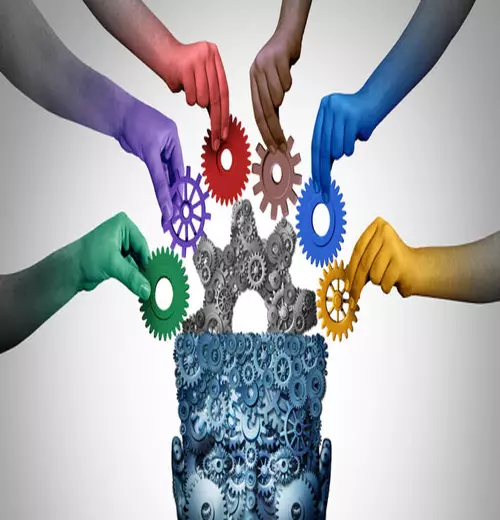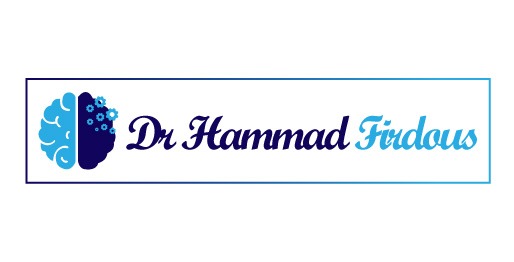
What is Neuro-Linguistic Programming used for?
Because NLP techniques focus on making behavioral changes, they can be used for a variety of different goals. Mental health professionals use NLP by itself or with other types of therapy, like talk therapy or psychoanalysis, to help treat depression and anxiety. It can be used to treat phobias in particular, as well as other expressions of anxiety such as panic attacks. The therapist will work to reveal the person’s “map,” the unproductive patterns that make us feel stuck, and then write a new map that replaces those with empowering habits and effective strategies.
Neuro-linguistic programming can also benefit those who do not have a serious mental health issue, but are interested in personal growth – a powerful human need that can bring fulfillment to our lives. NLP techniques are particularly useful for building skills like public speaking, sales and negotiation, team building and leadership.
Its action-oriented nature and focus on growth mean that neuro-linguistic programming and coaching go hand in hand. Many coaches use NLP techniques to help their clients reprogram their brains and achieve their goals.
TOP 5 NLP Techniques
NLP techniques are action-oriented. Rather than focusing on the why, as you might do in therapy, NLP focuses on the how. How can you react differently to your thoughts and emotions? How can you adapt your communication style to the situation? How can you change your mindset so that life is happening for you, not to you?
- IMAGERY TRAINING


- NLP SWISH
- MODELING
- MIRRORING


- INCANTATIONS
These are just a few of the techniques that might be used in a neuro-linguistic programming and coaching session. Neuro-linguistic programming also starts with a set of presuppositions that complement results coaching, particularly the belief that the meaning we assign to our experiences is everything. It takes the approach that “failure is feedback” and if we find the lesson and get back up, failure is worth it. Most of all, neuro-linguistic programming believes in a growth mindset – that, as Tony says, “We can change our lives. We can do, have, and be exactly what we wish.”
So what is neuro-linguistic programming? It’s a behavioral method that uses the power of reframing to help people overcome their limiting beliefs. A Results Coach can help you get started with these techniques and create a breakthrough in your own life.
